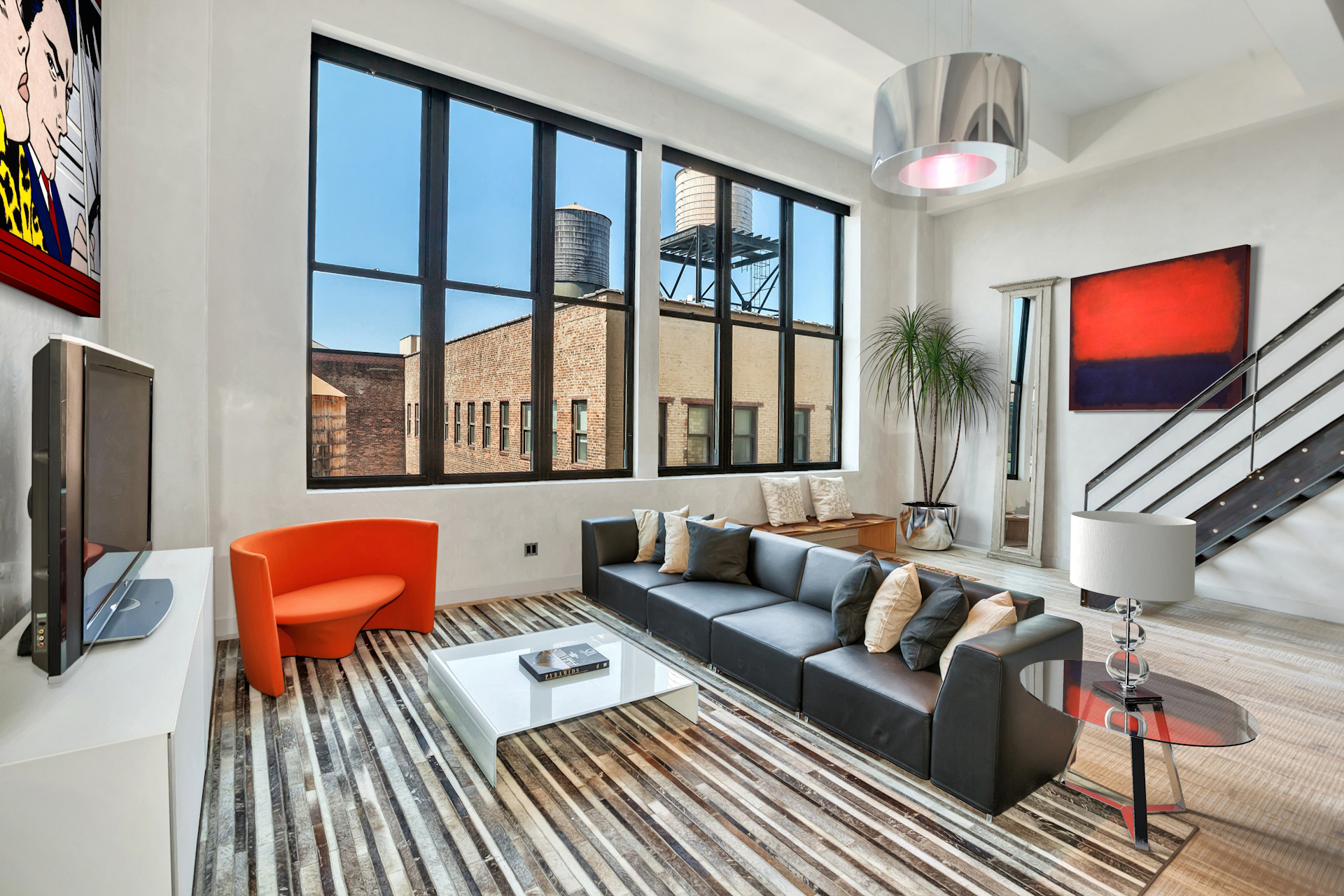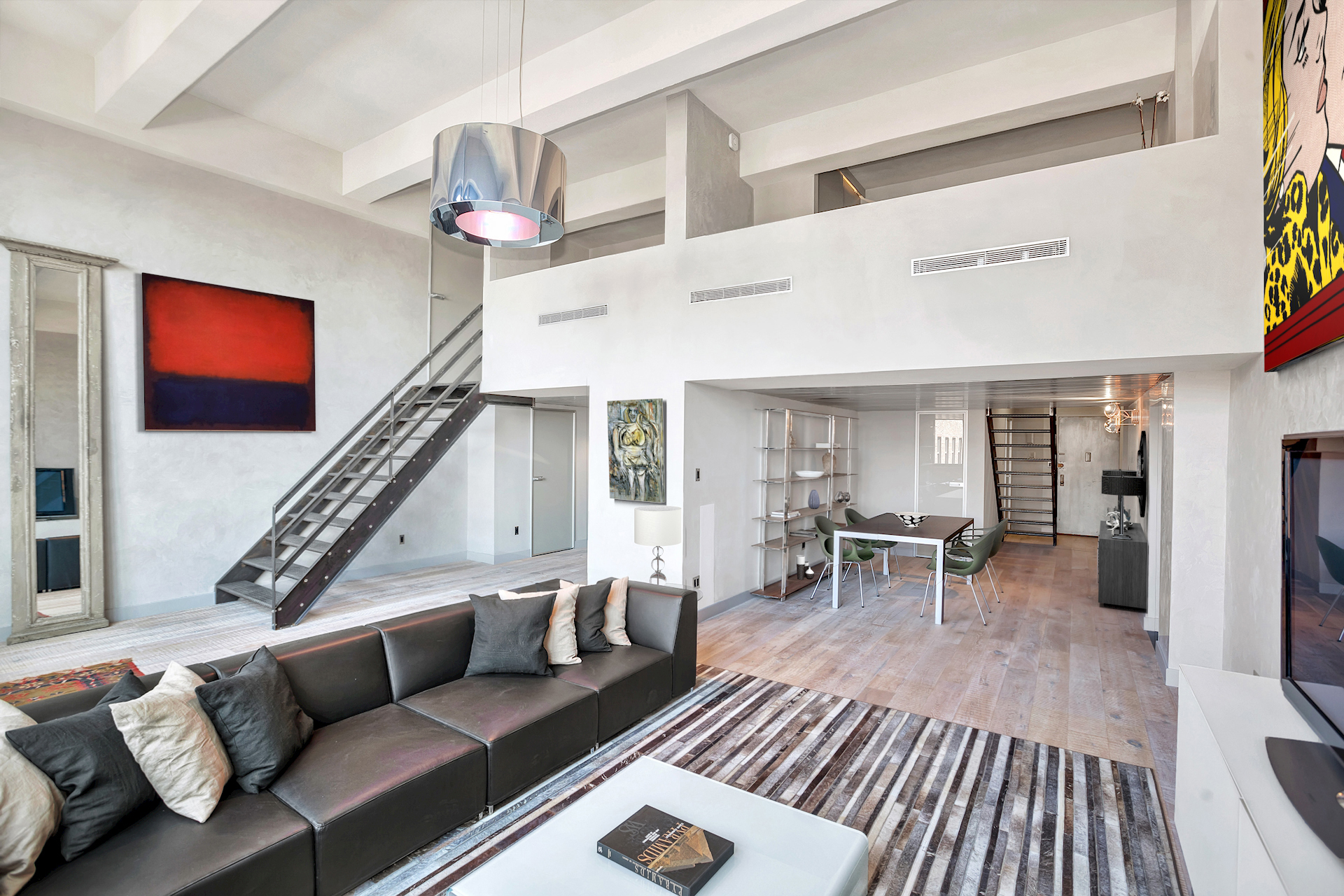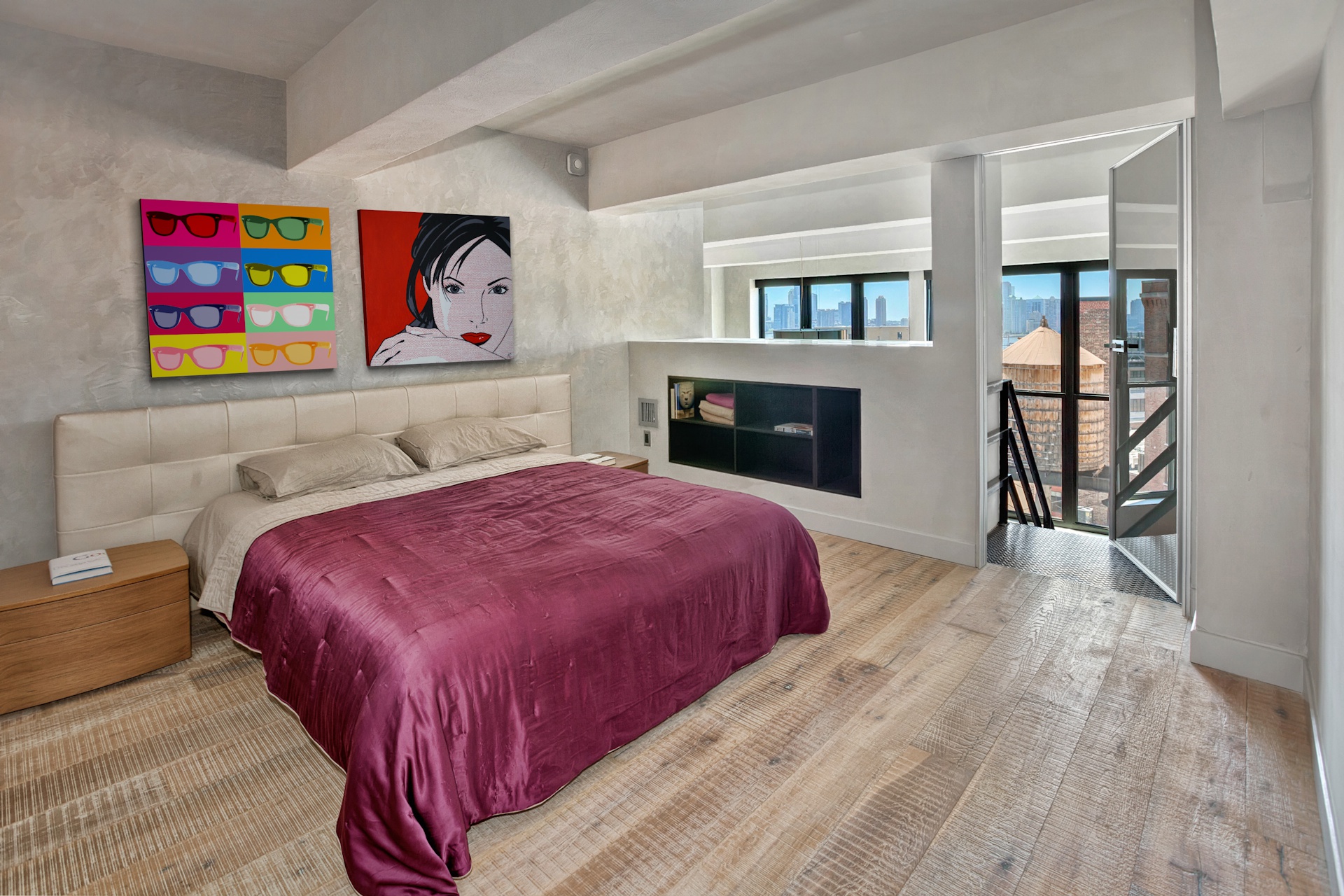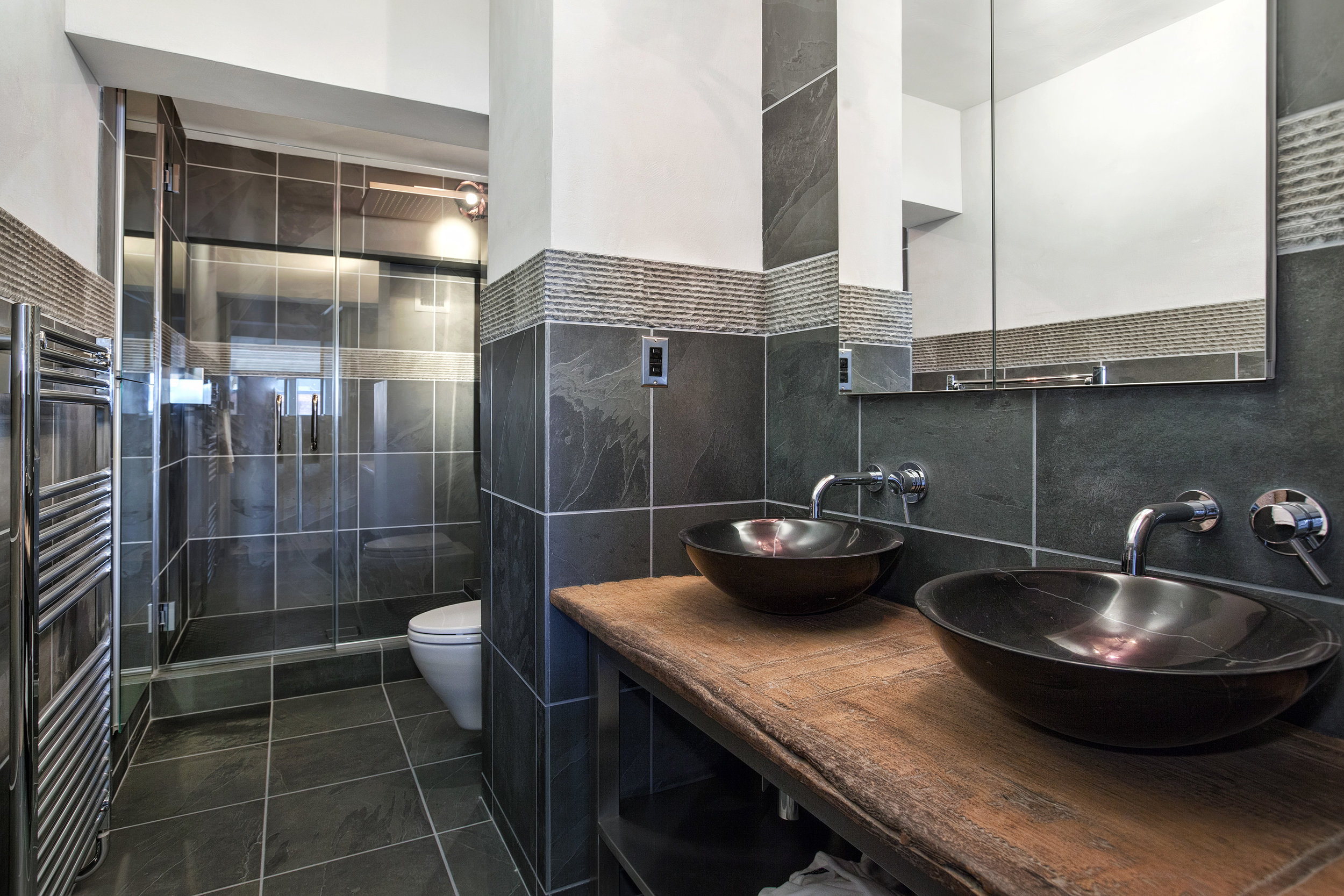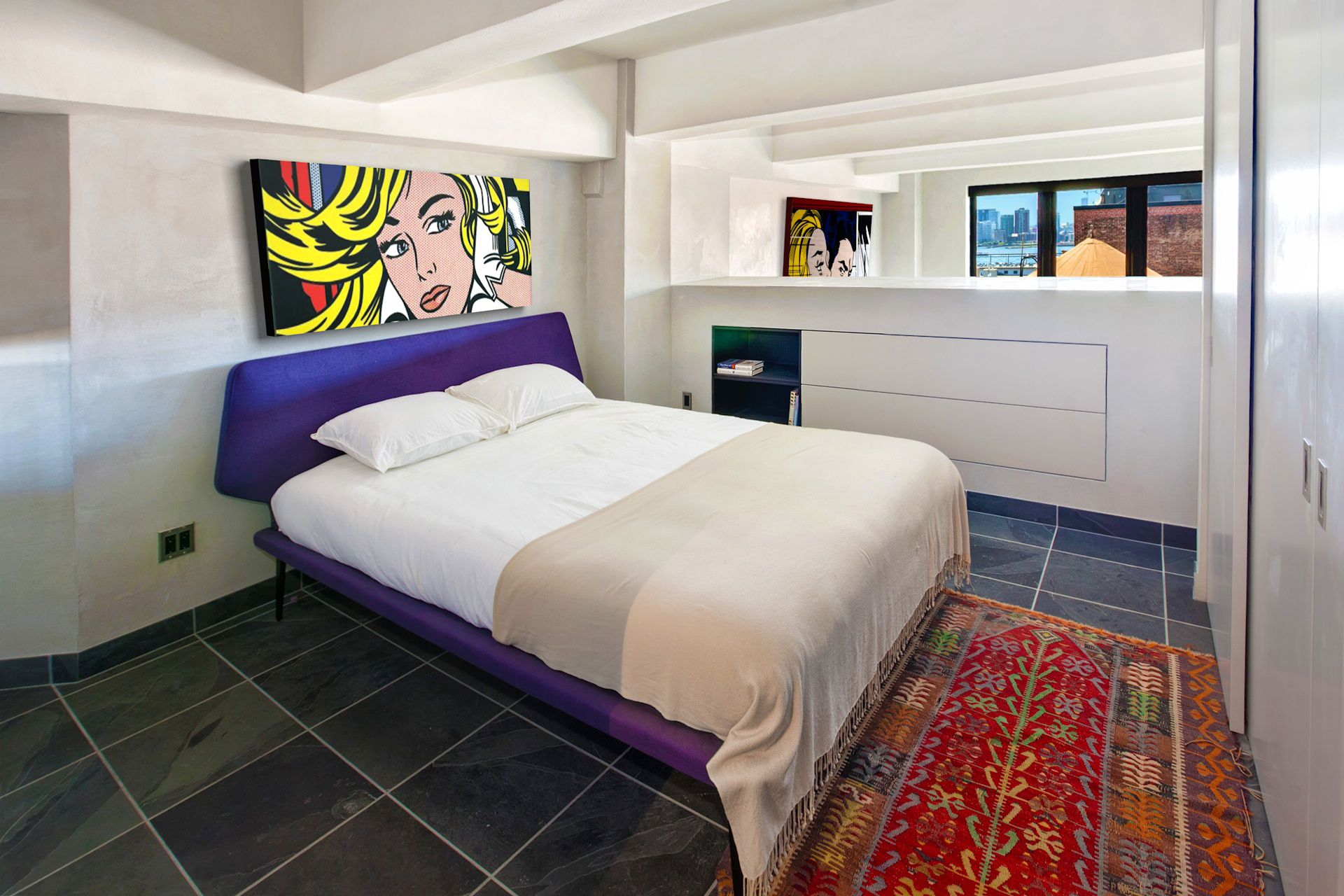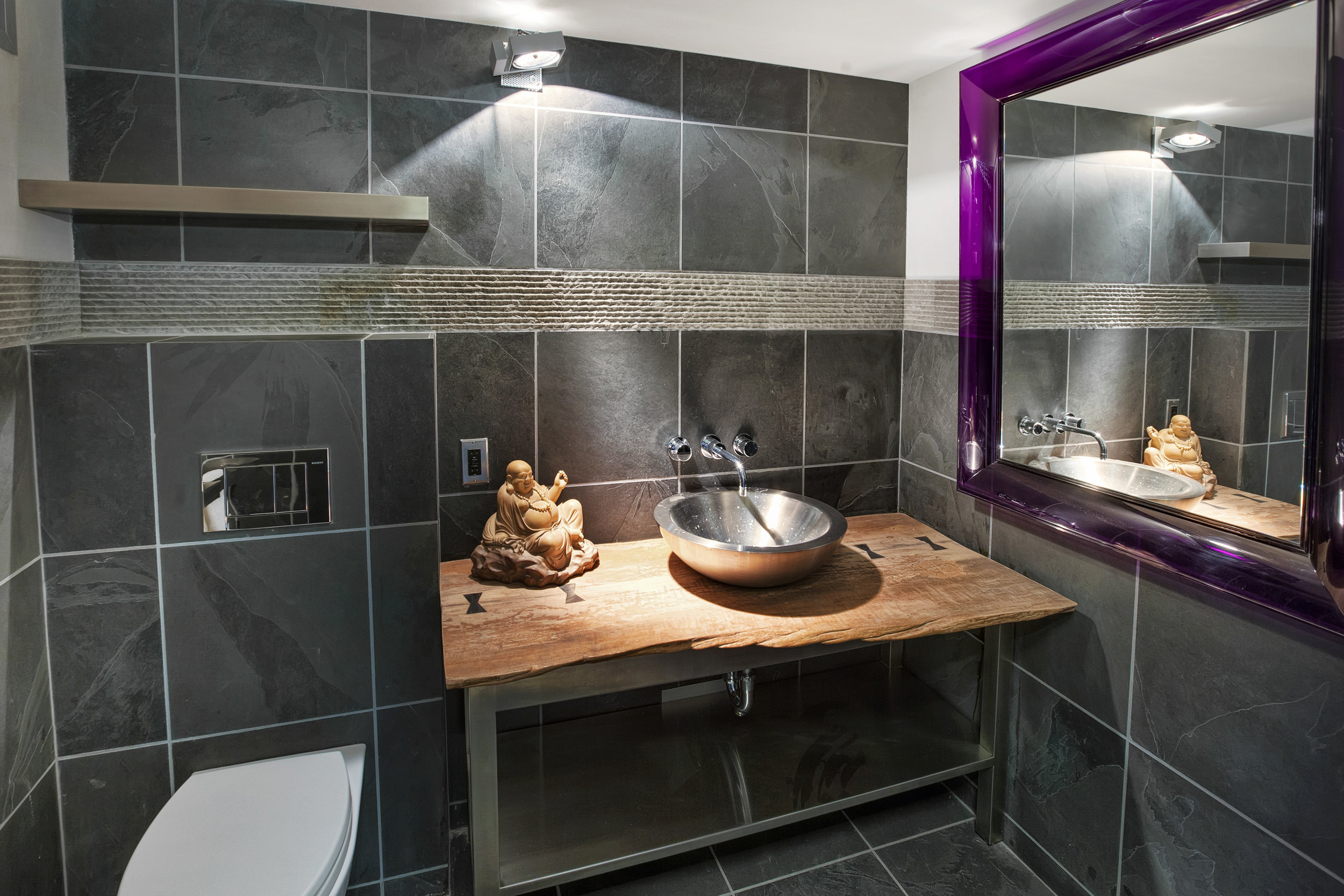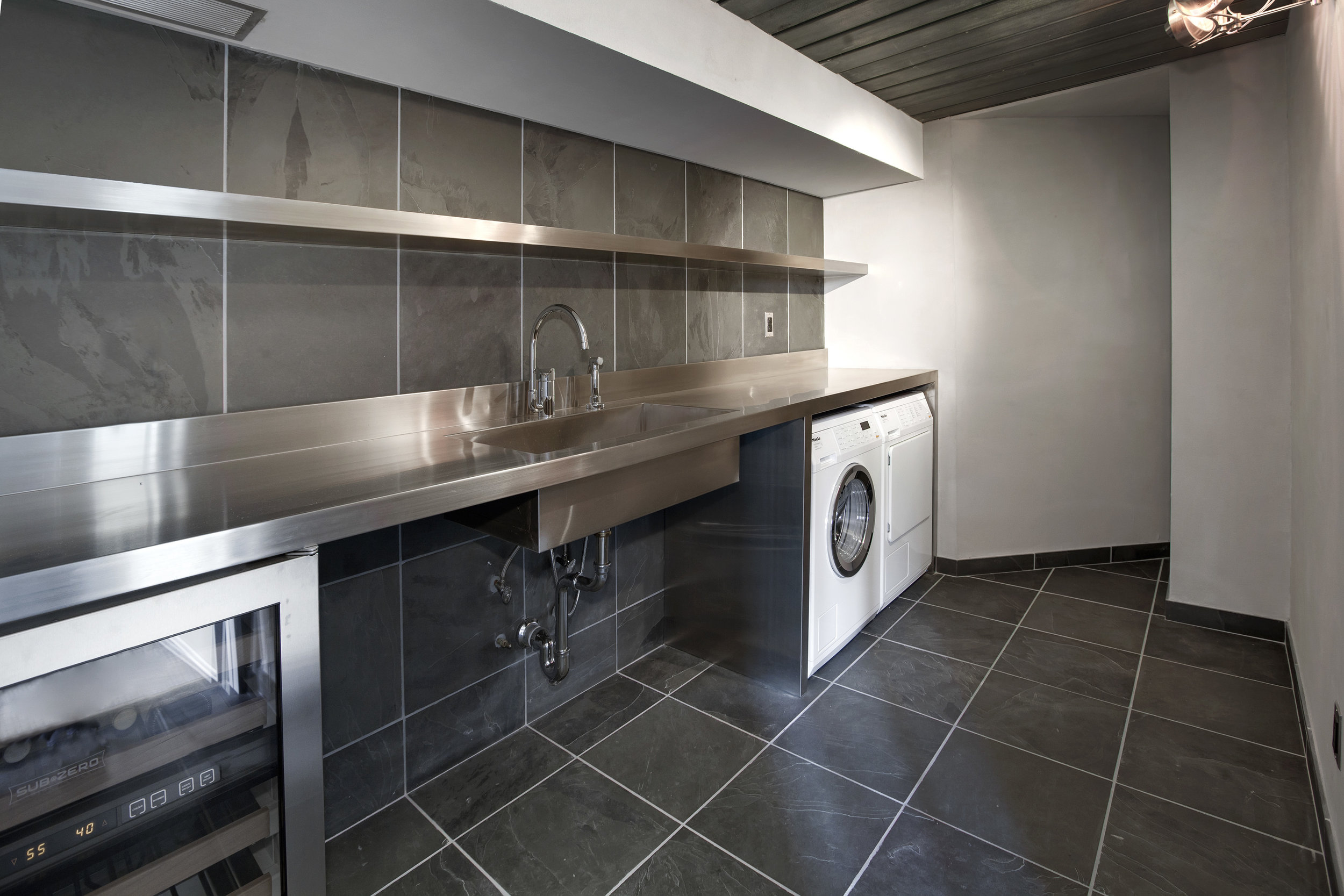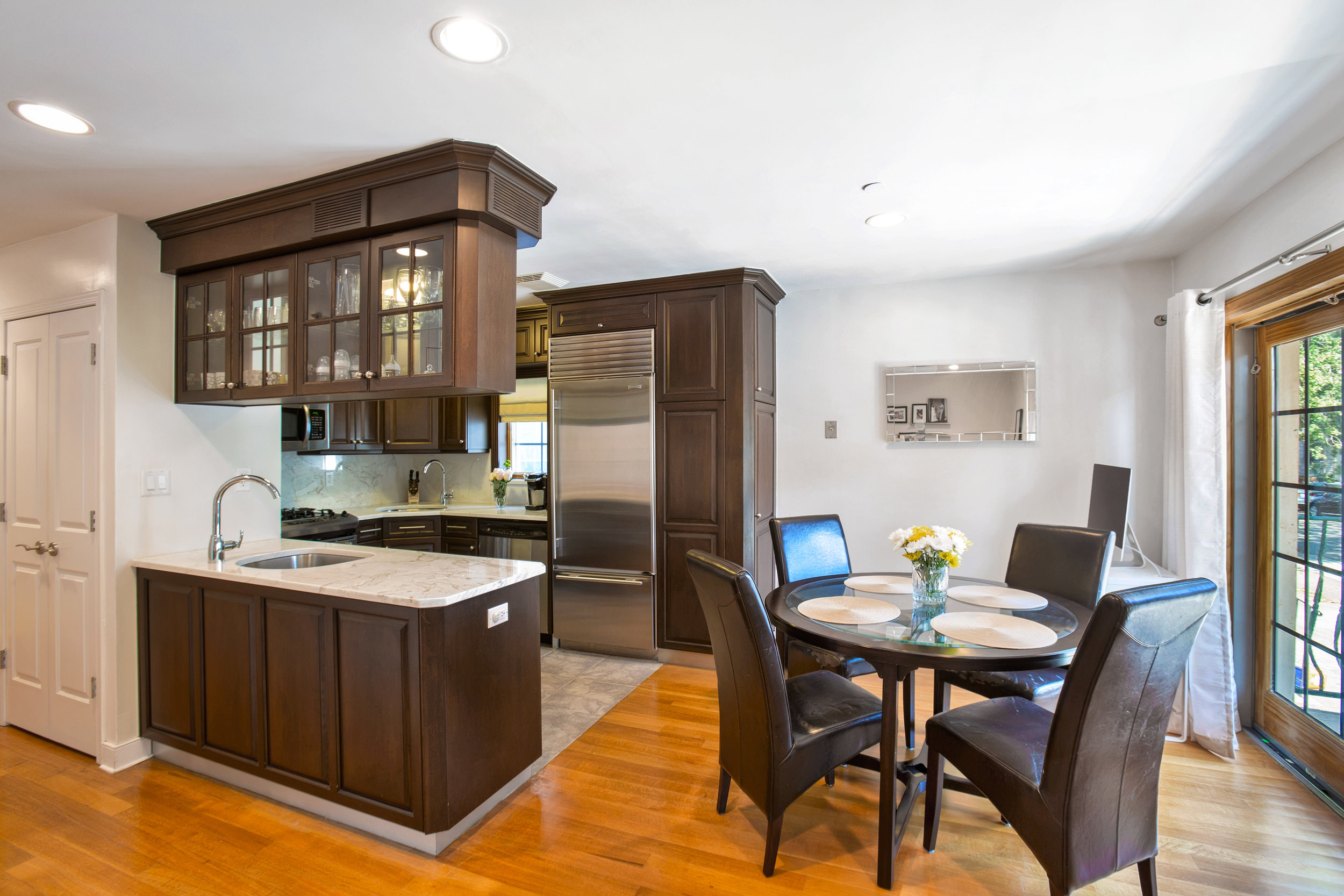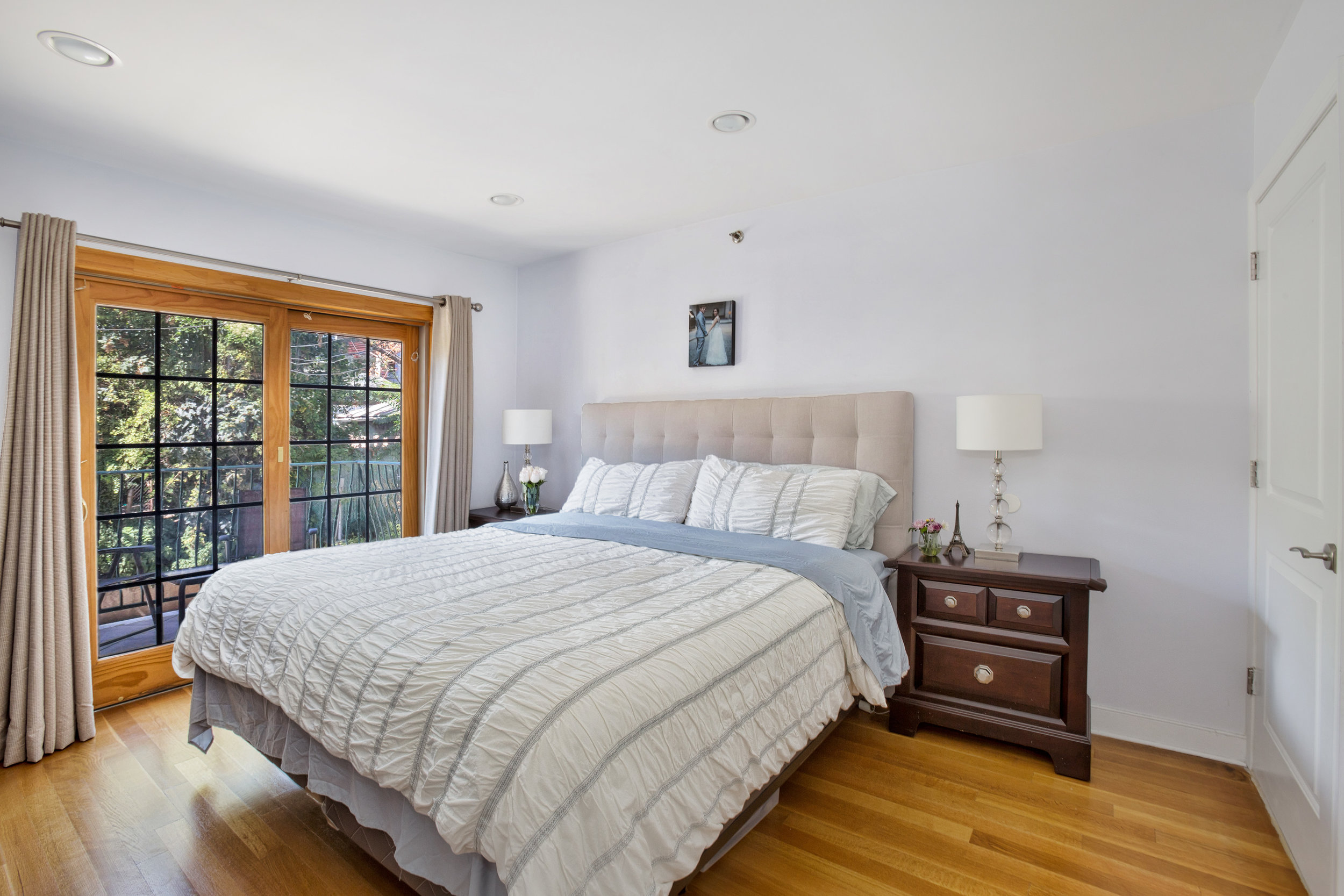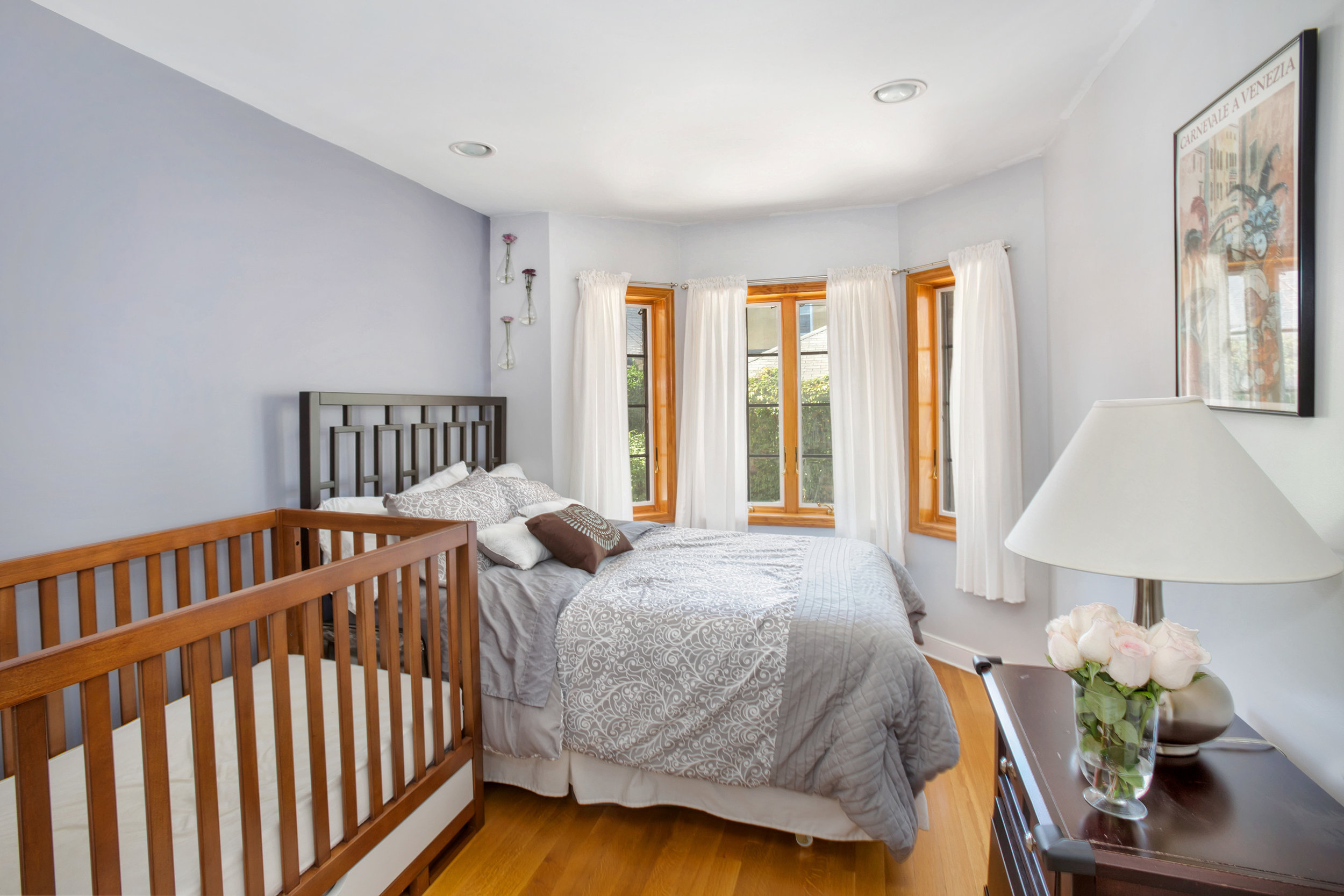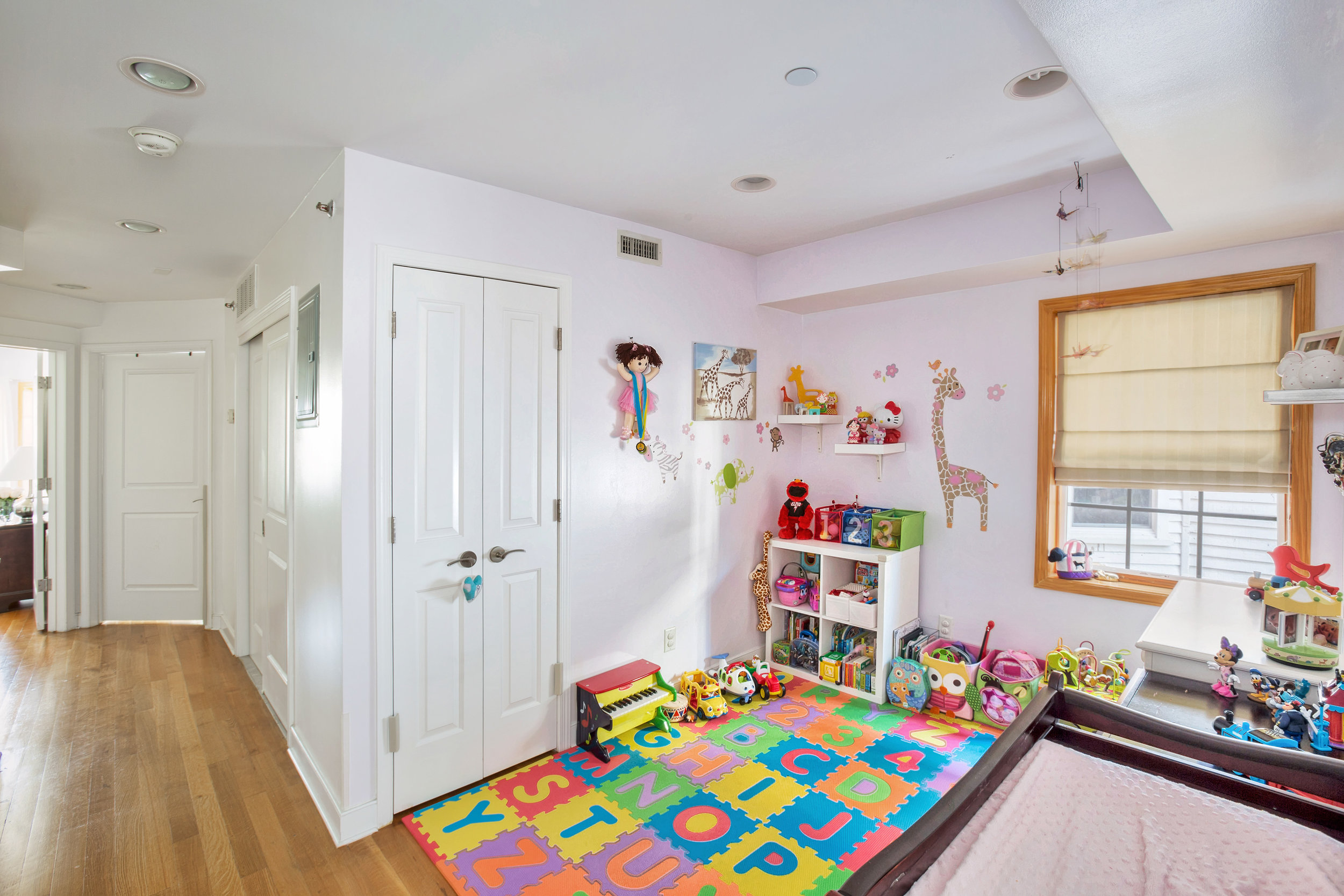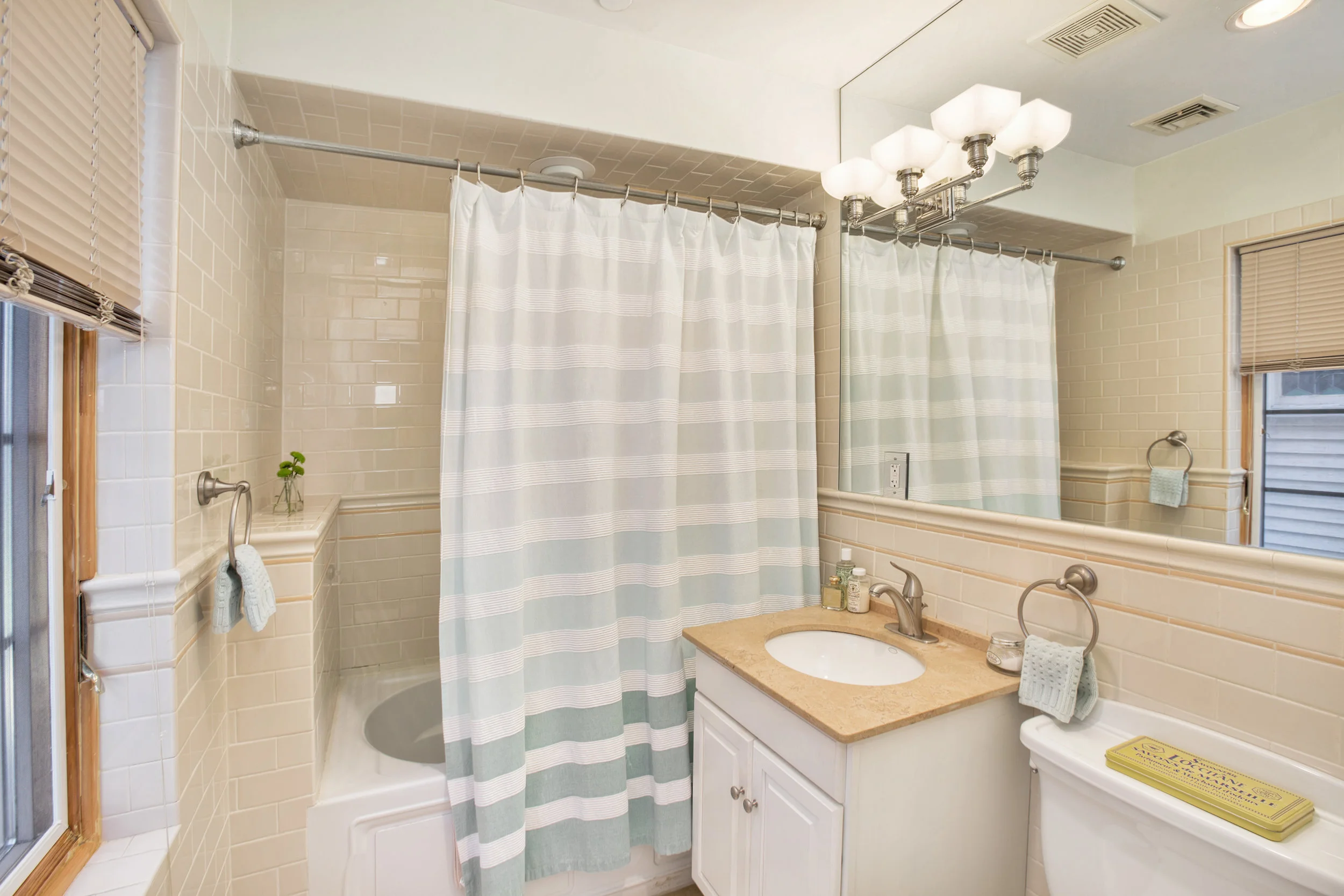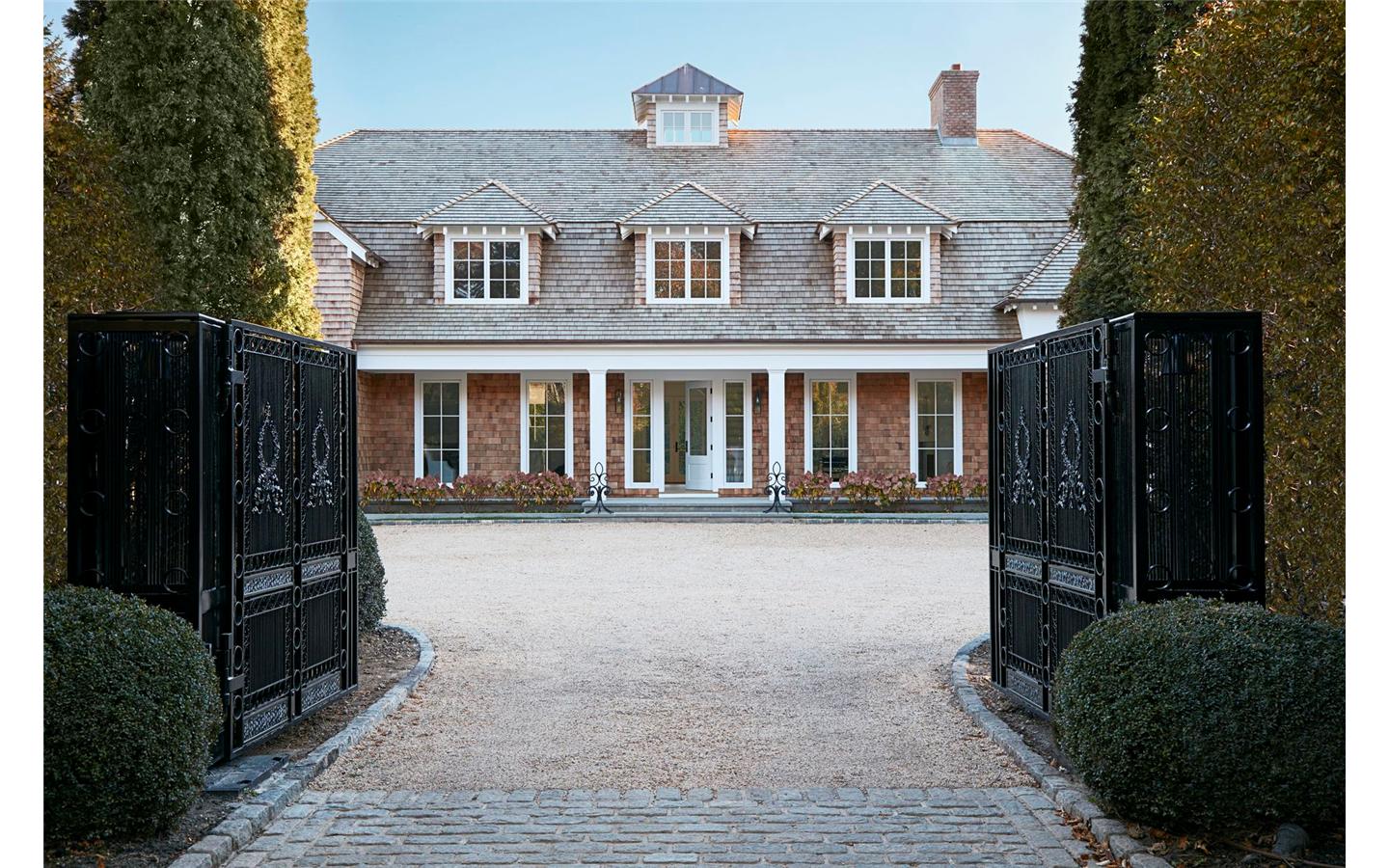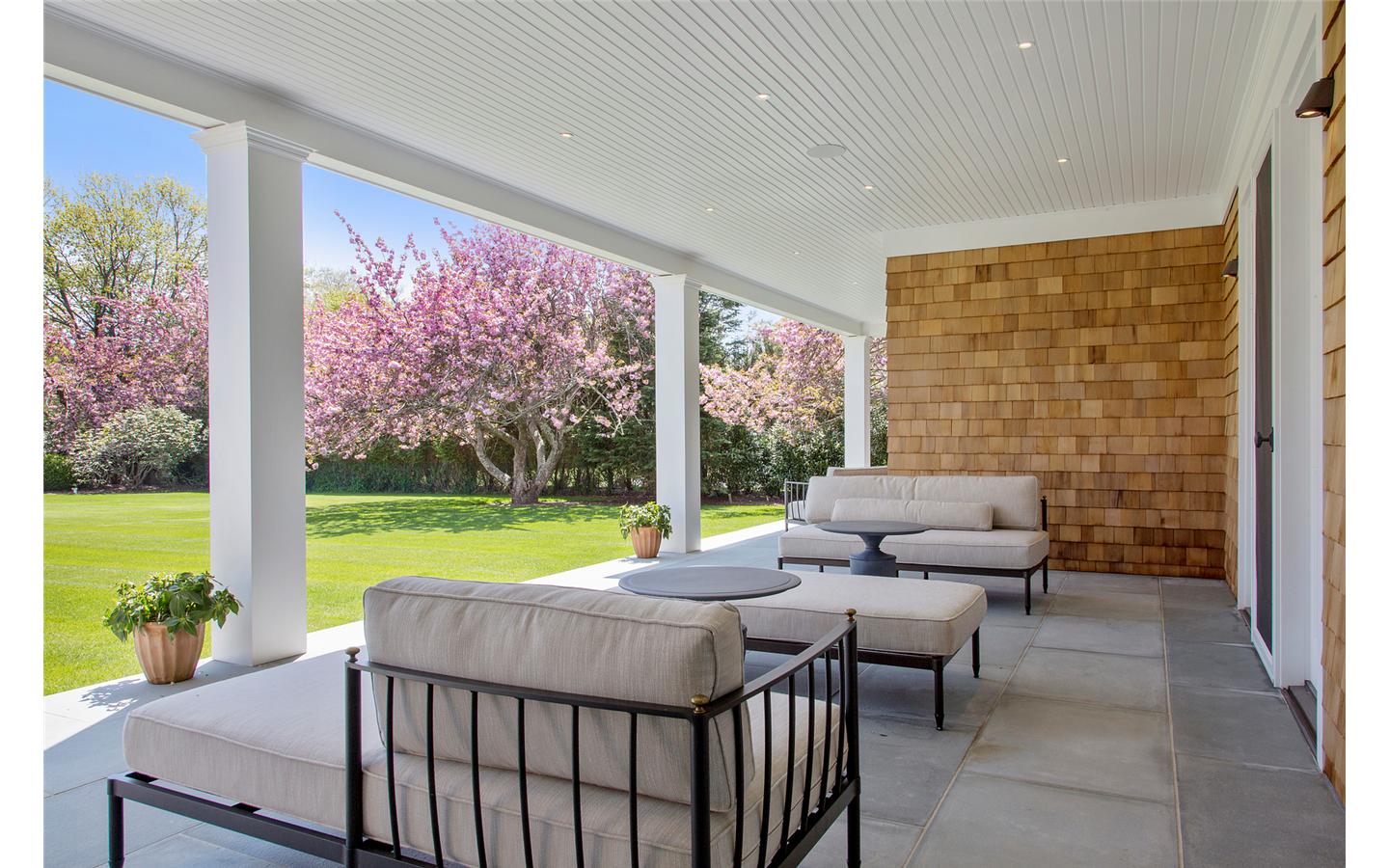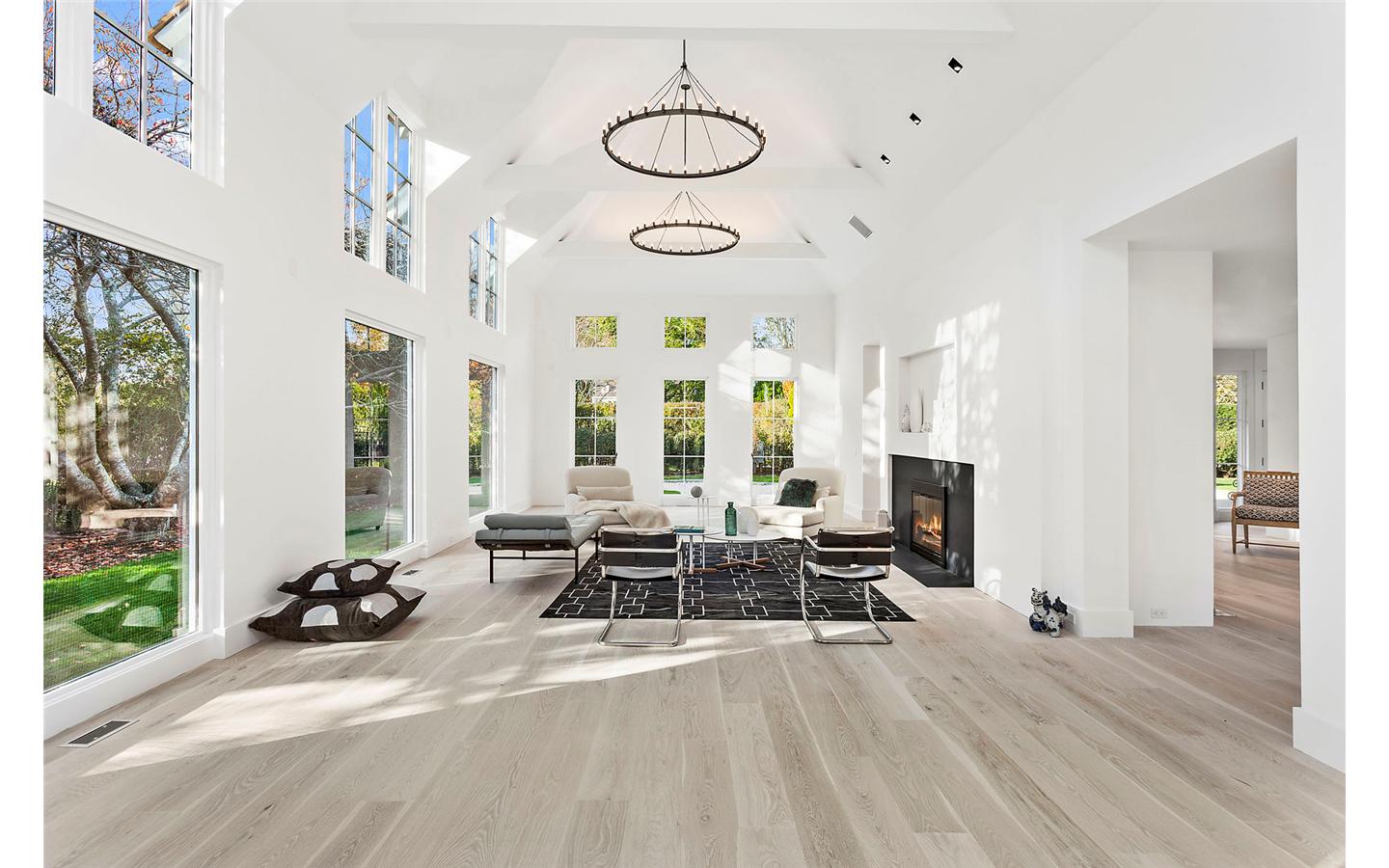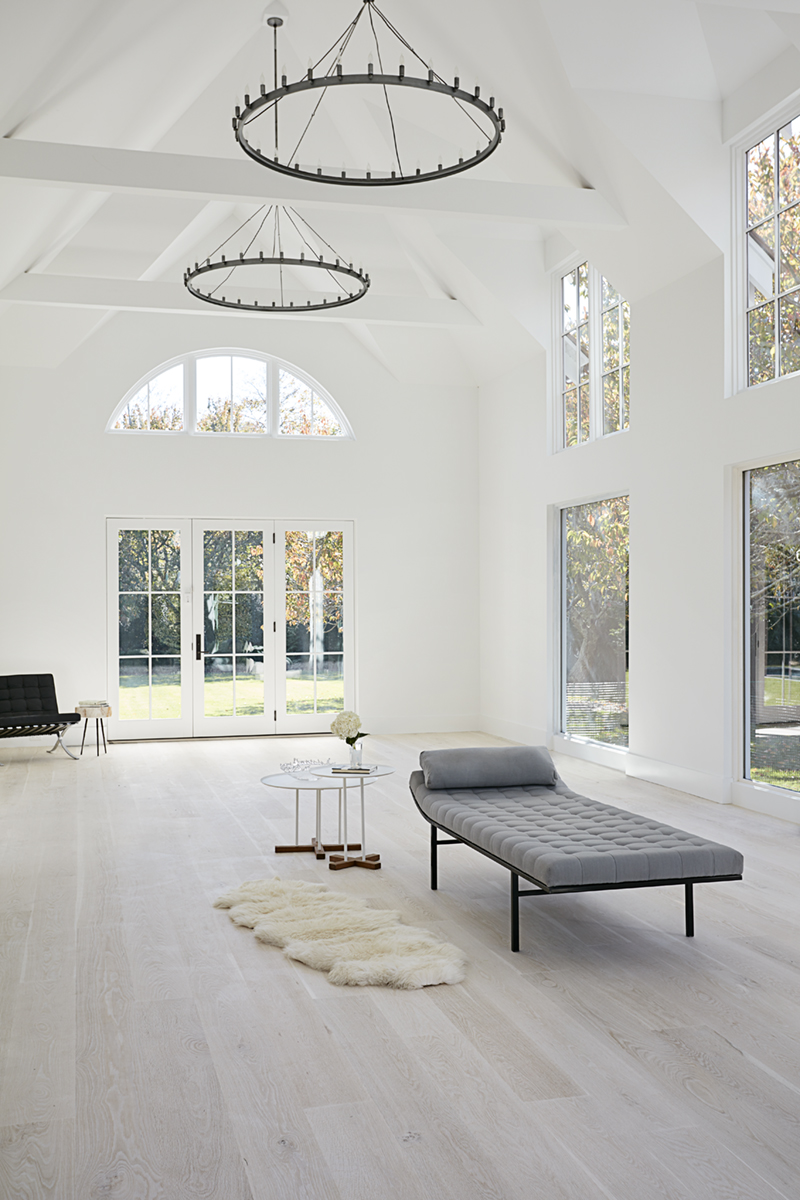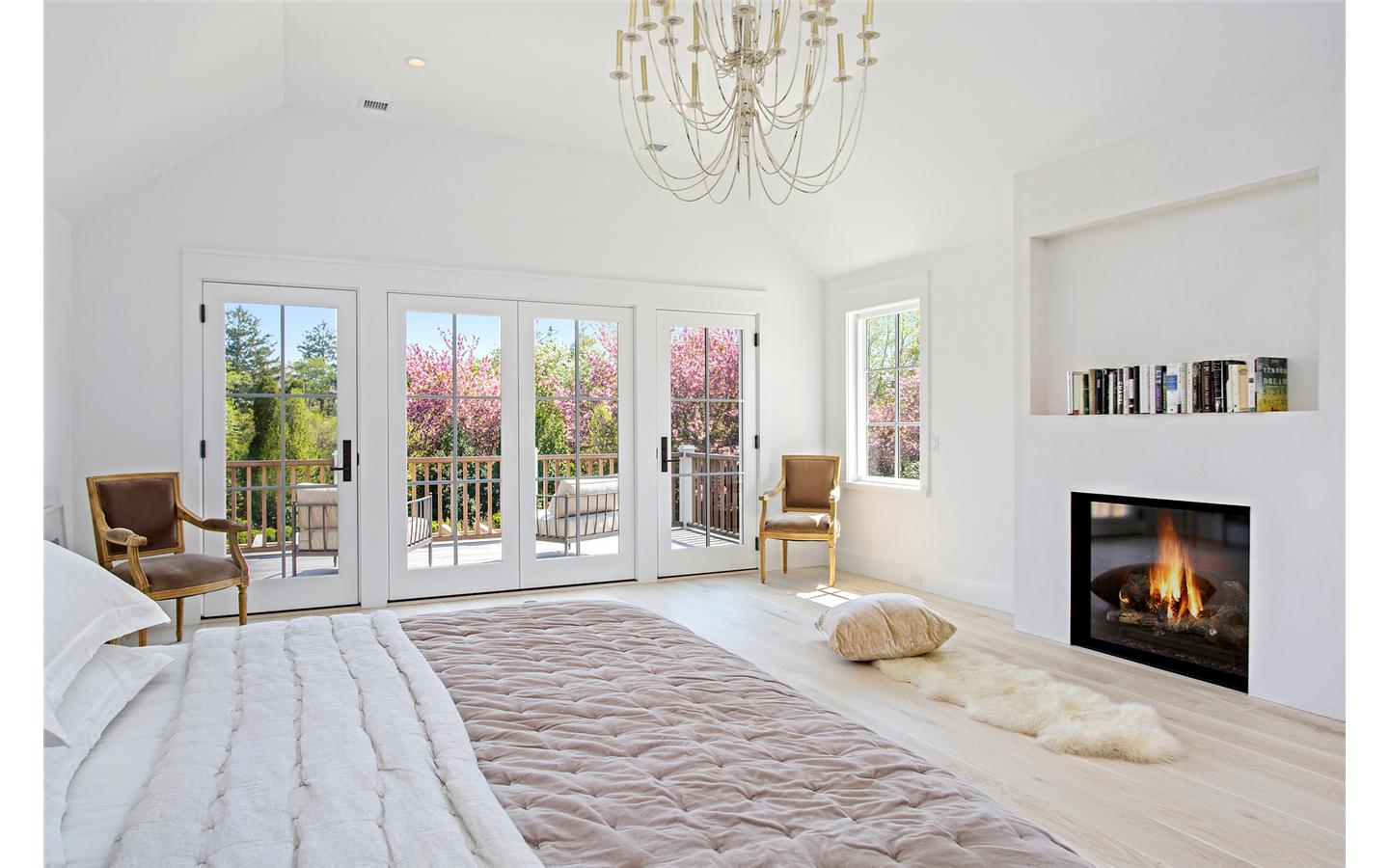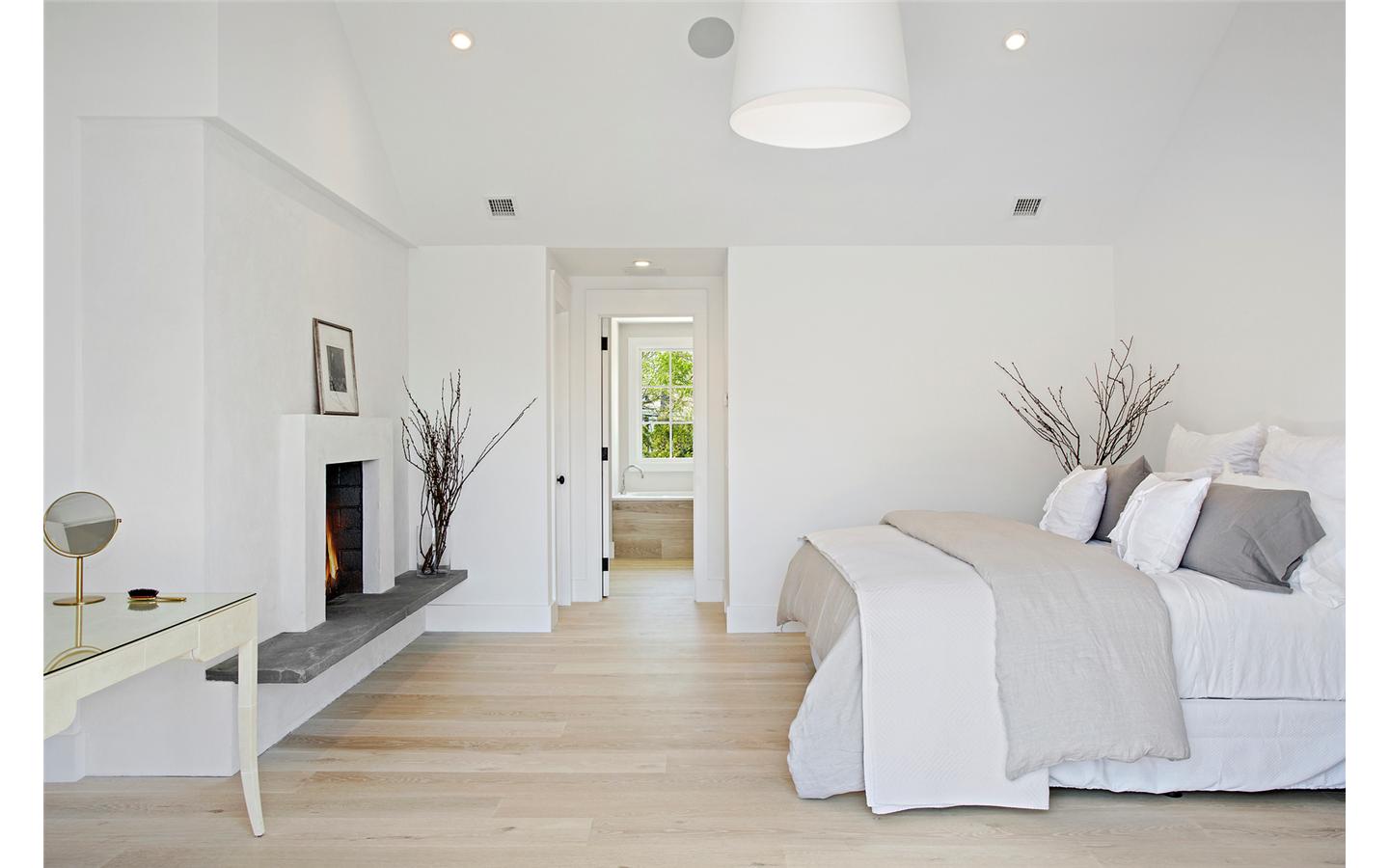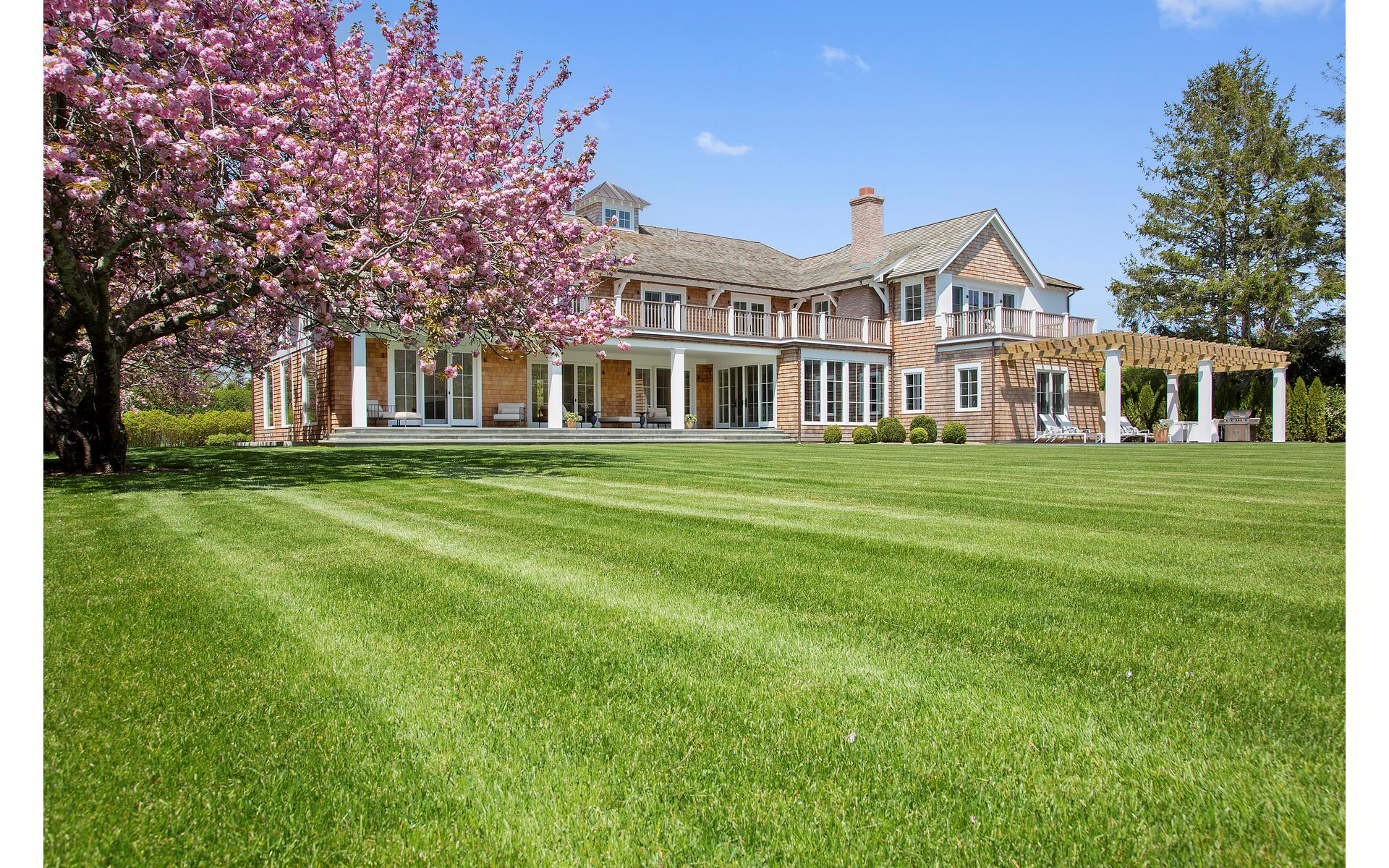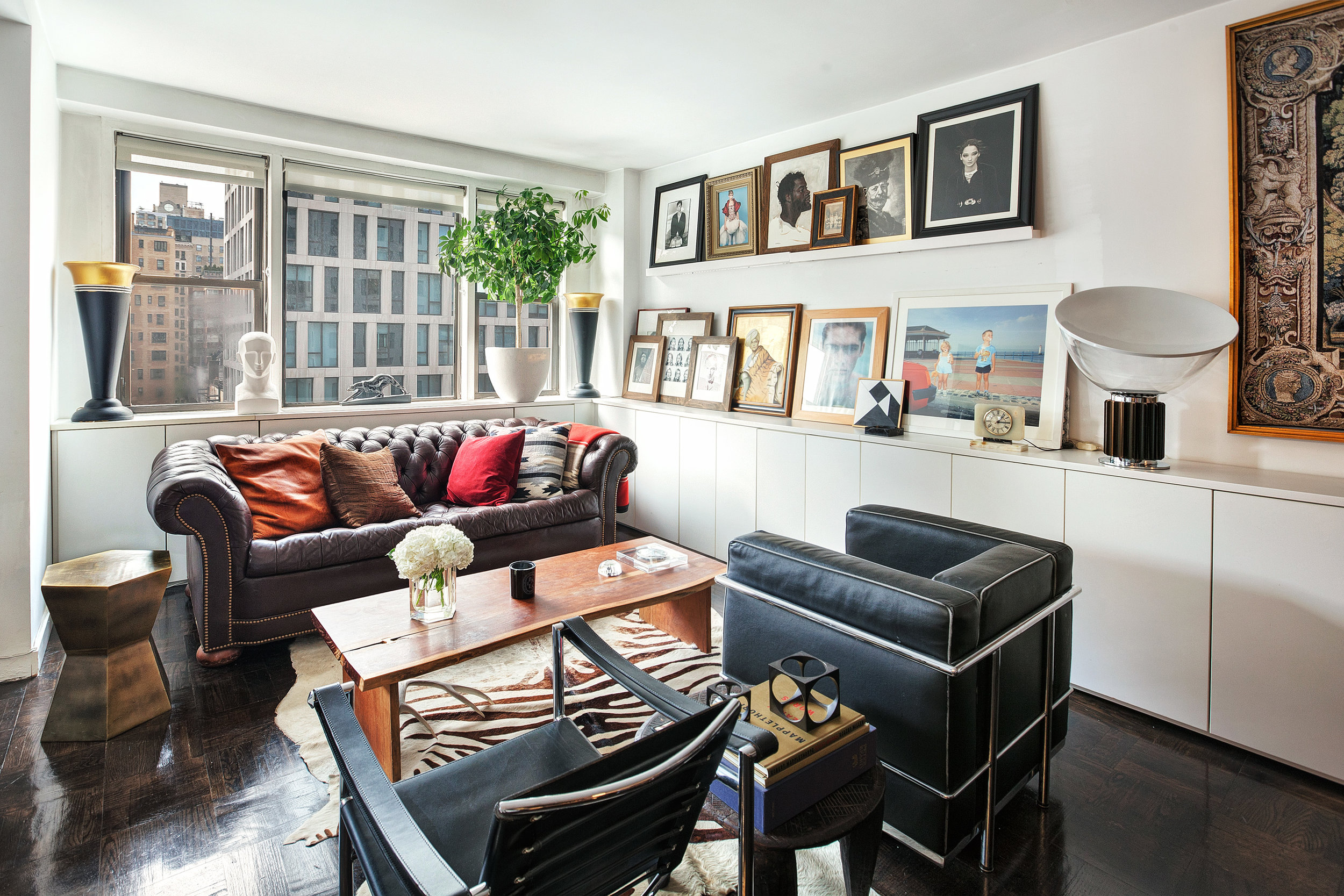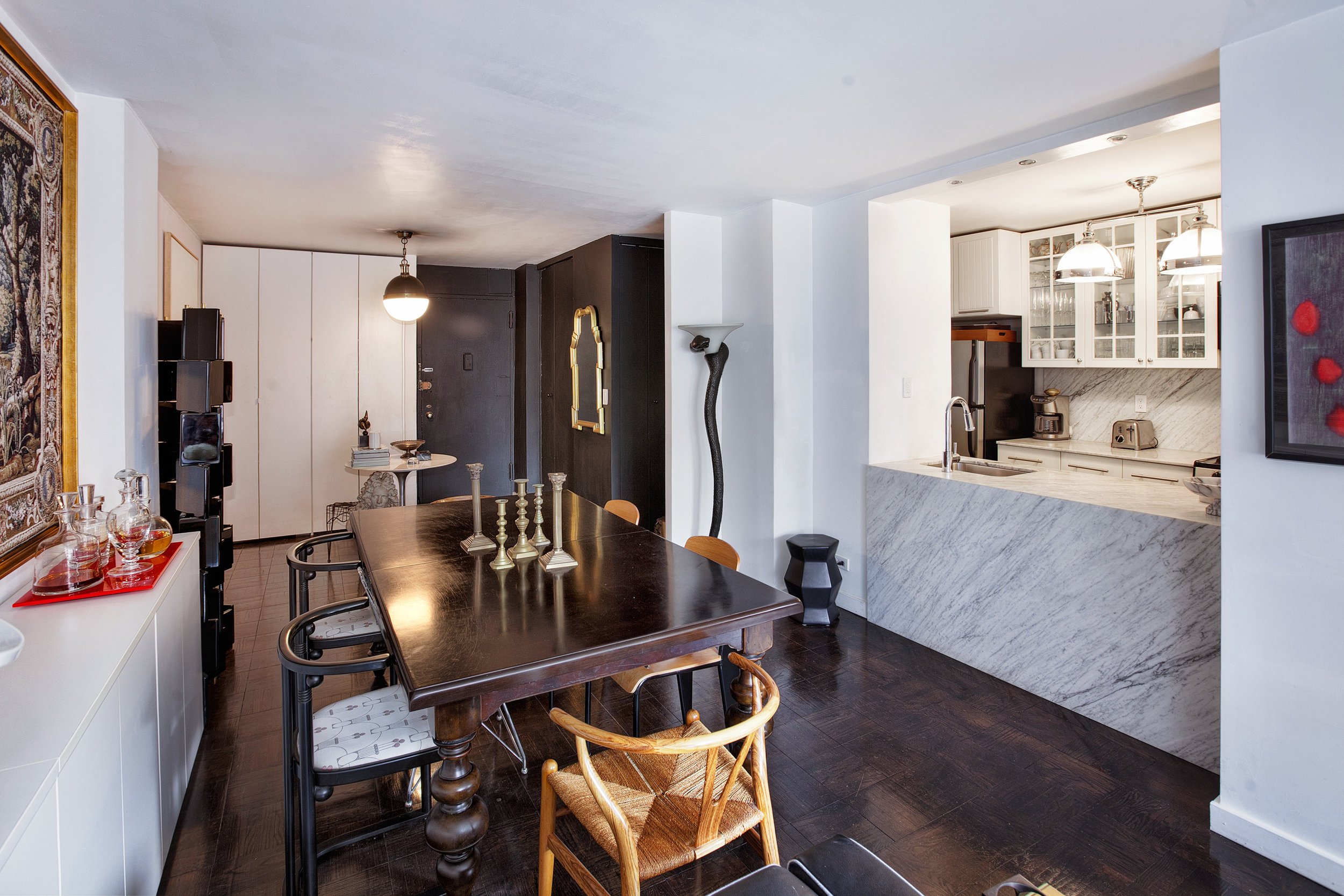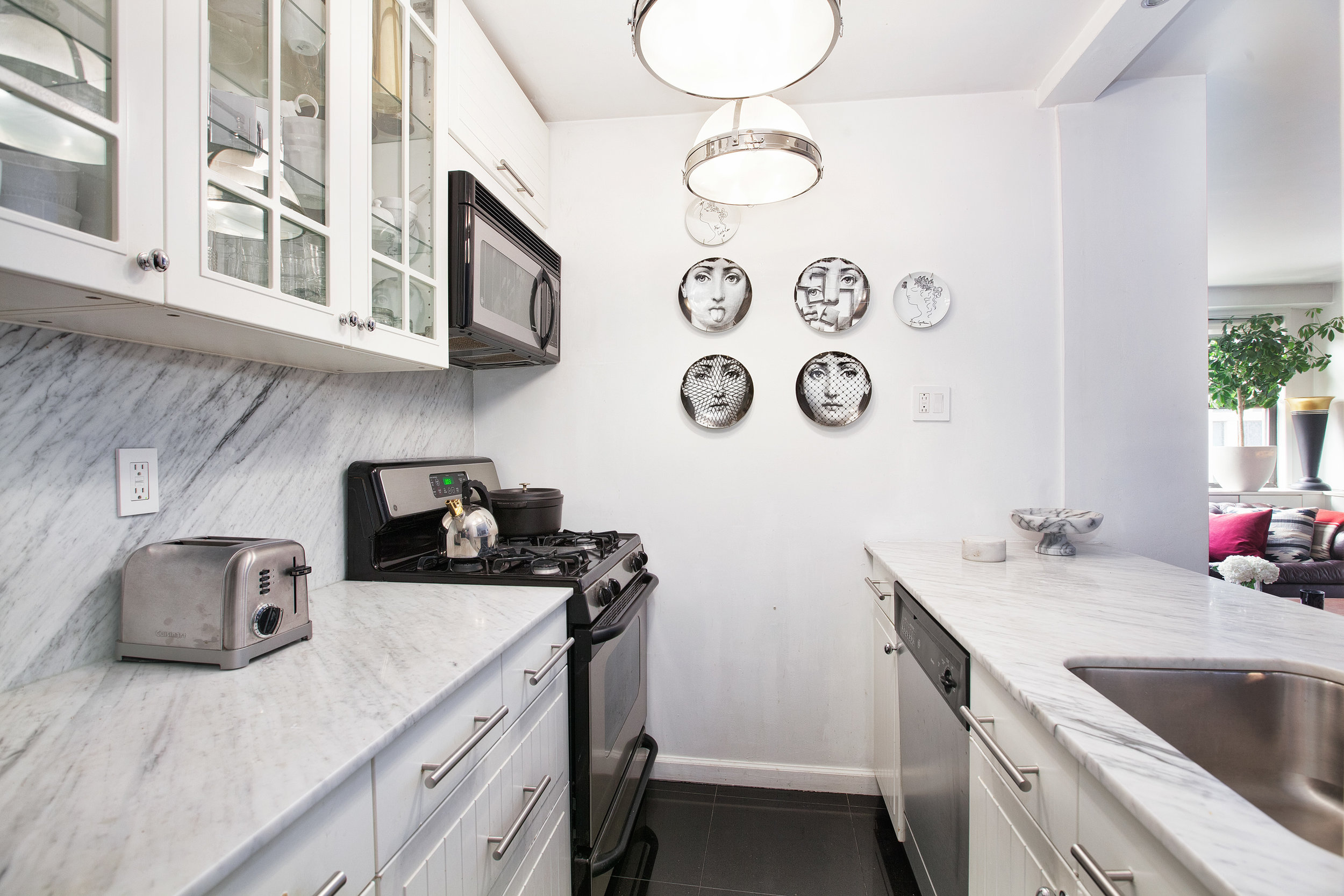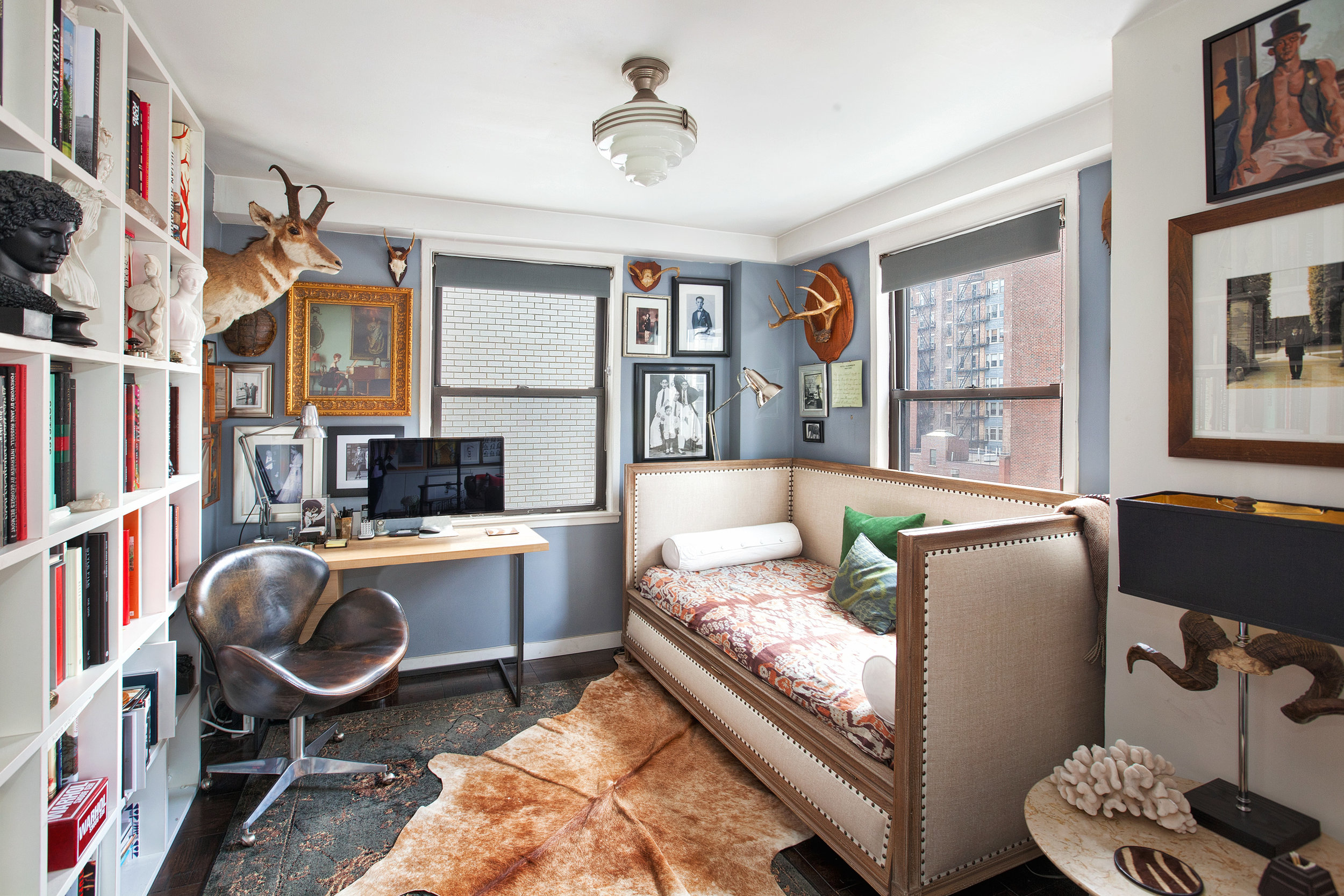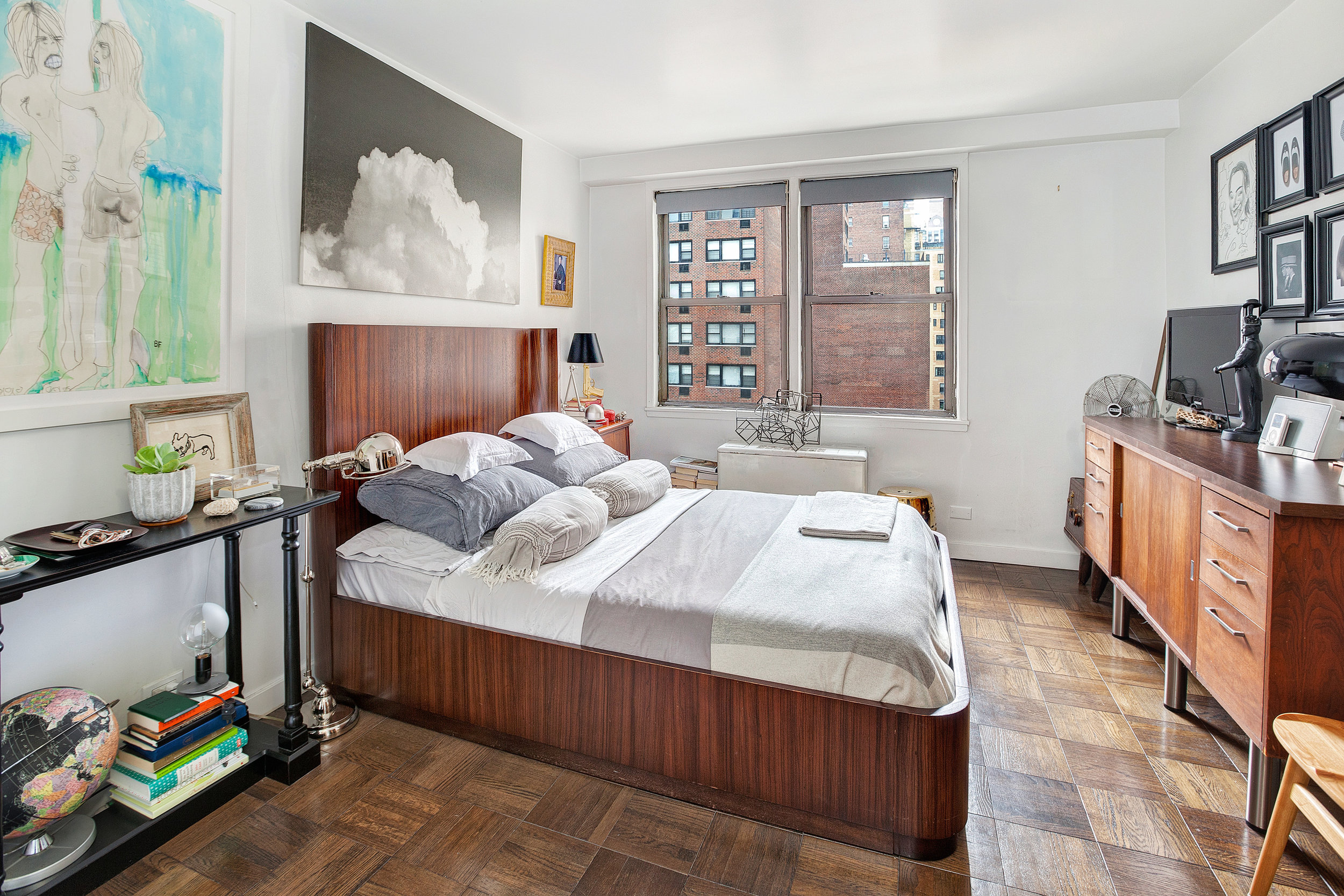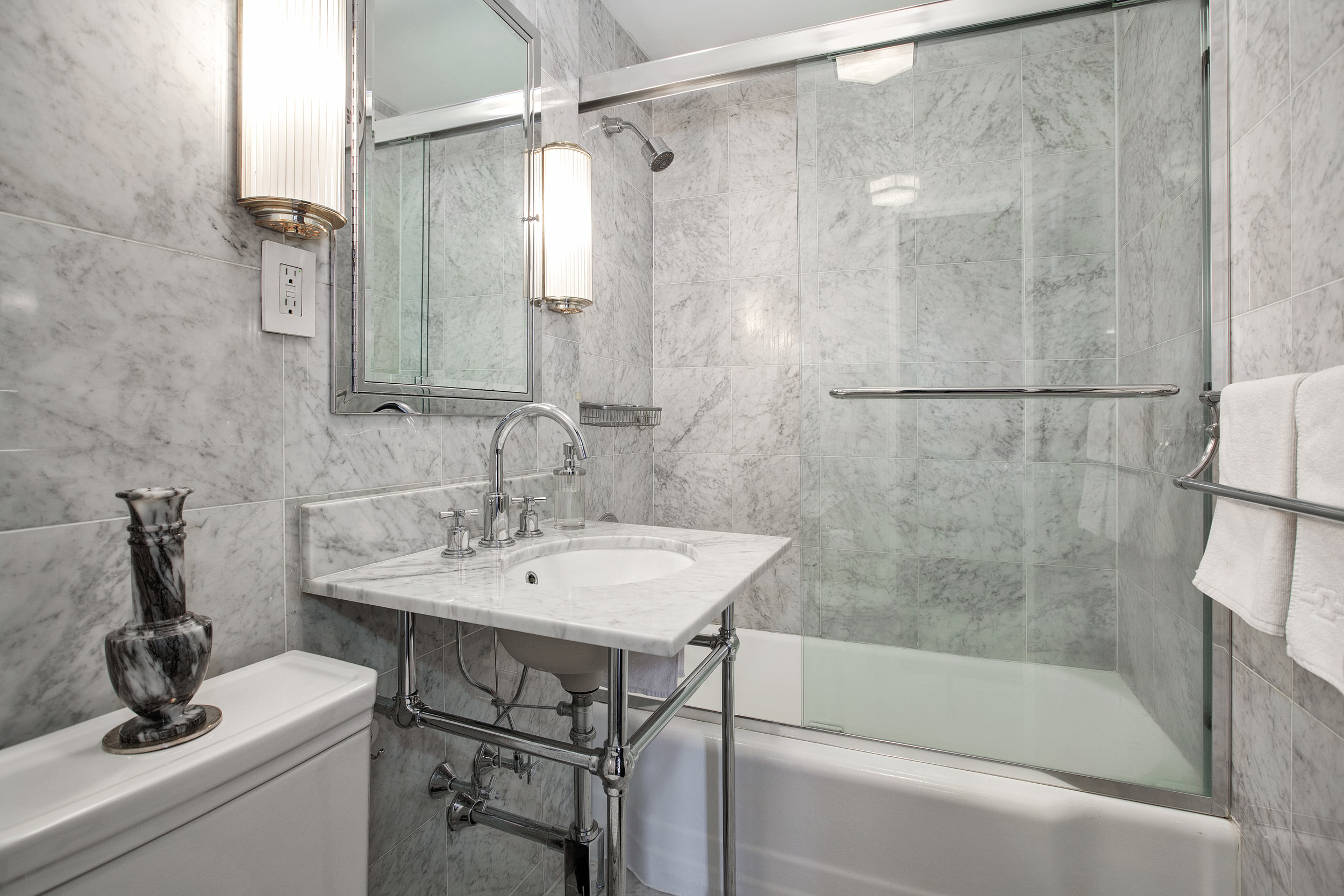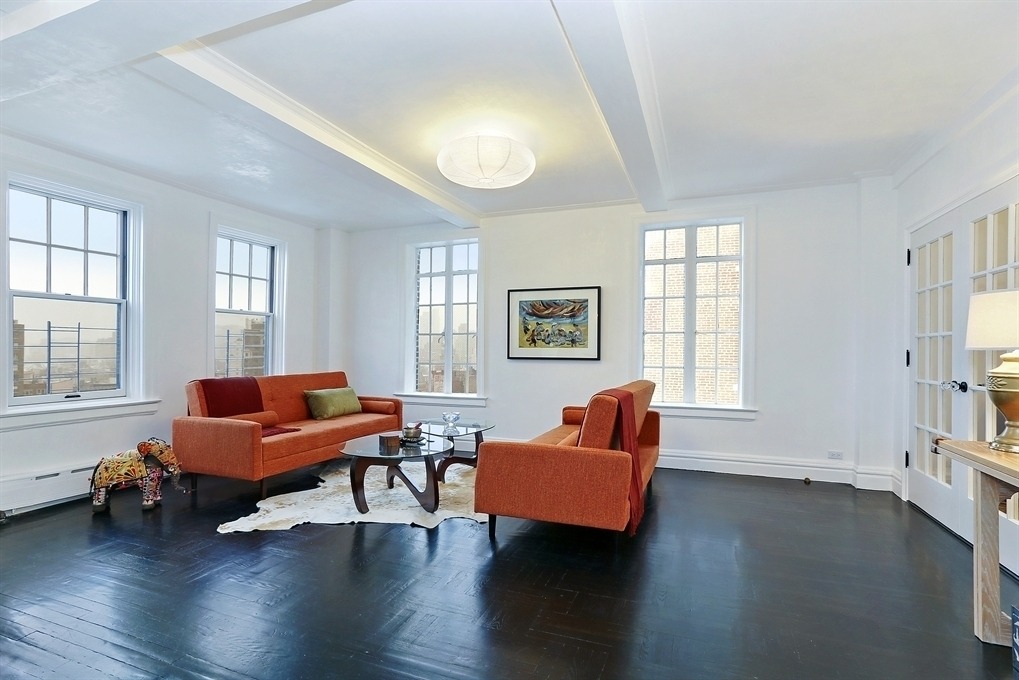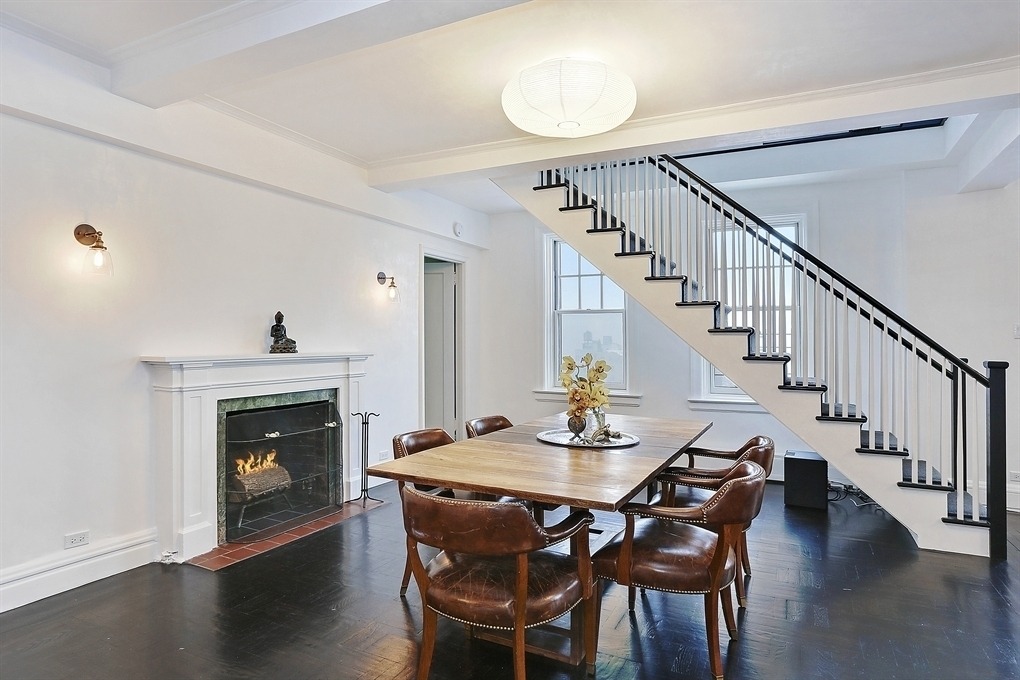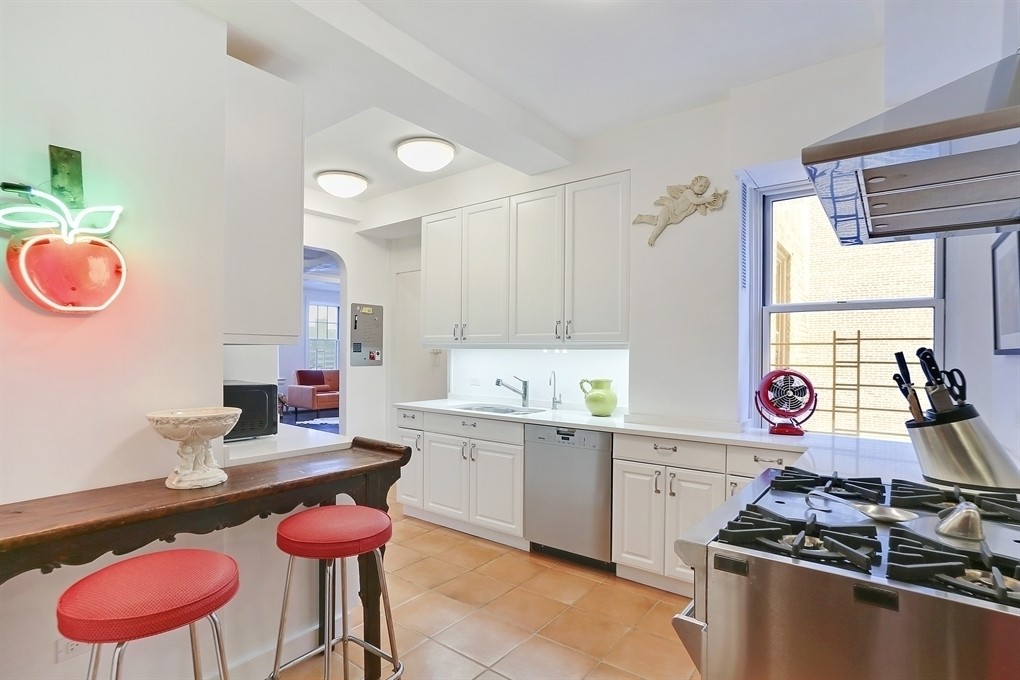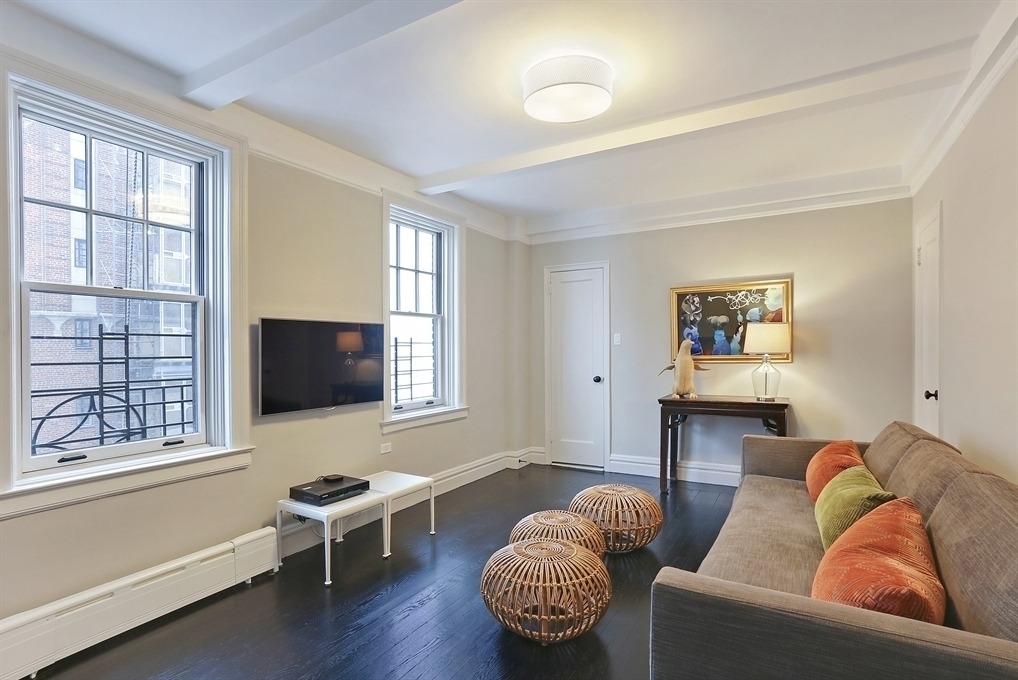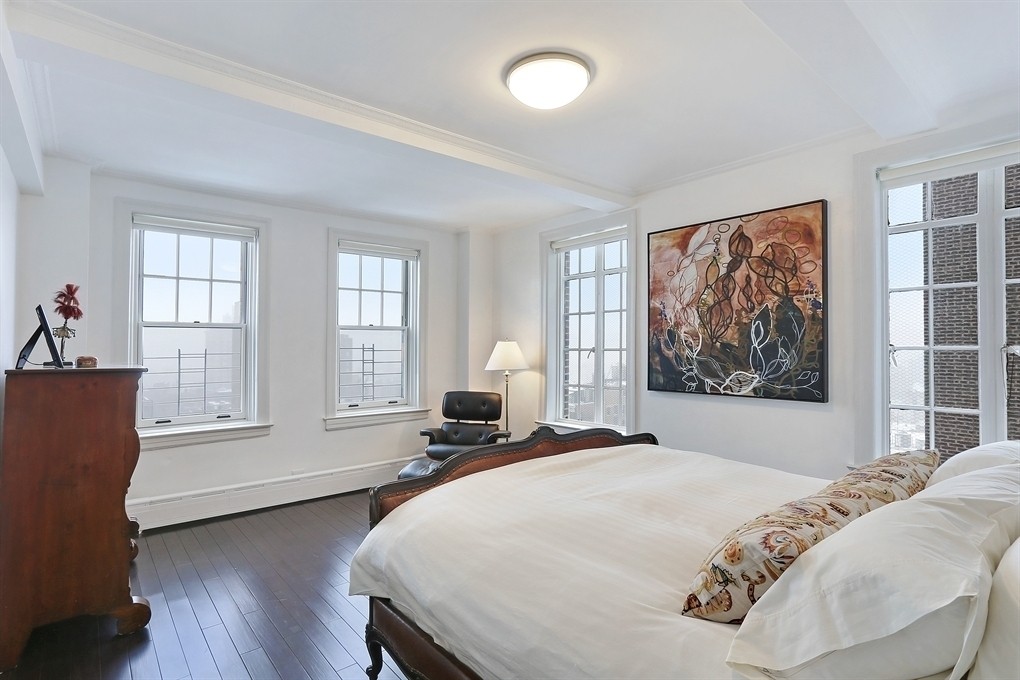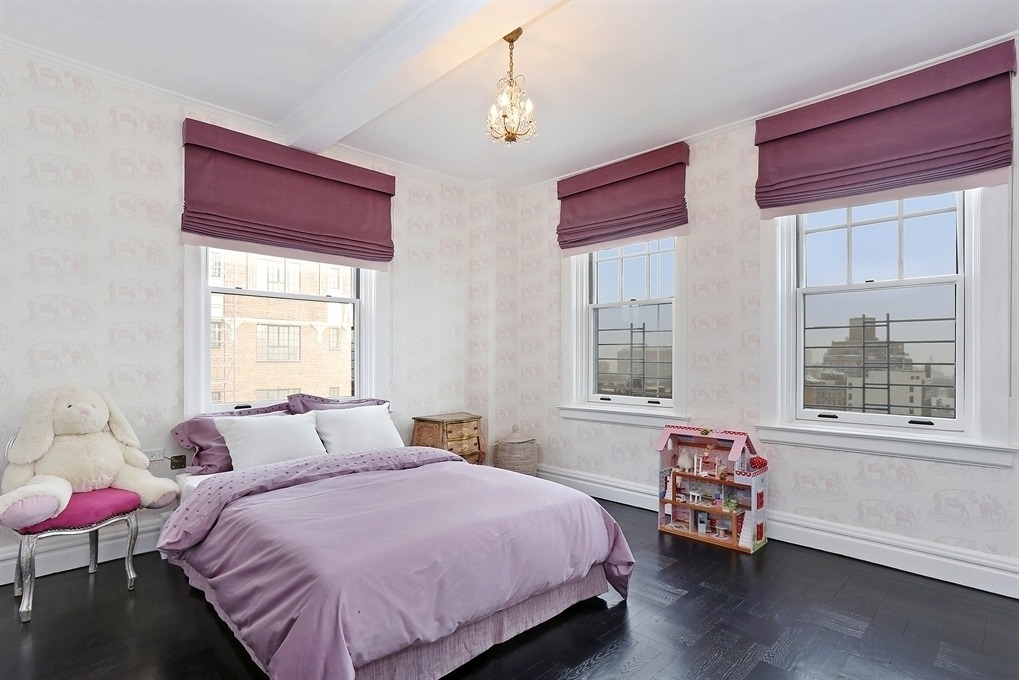Rendering of the Farley Building redevelopment
“This [version of the project] is realizable. The other one wasn’t funded, it didn’t have the political traction to move forward,” said Roger Duffy, design partner at SOM. “Lots of people are focused on the symbology of things, and I think that misses the entire primary point of a transportation facility. This is certainly beautiful and appropriate in terms of history and scale, but it also works. People need to understand how much better this is than the current condition.”
The plan has its share of detractors, however. David Gunn, who was president of Amtrak from 2002 to 2005, wasn’t initially aware of the governor’s plans to reboot the project when reached by phone. But he reiterated his previous criticism of the redevelopment, saying that moving Amtrak’s train hall across Eighth Avenue would burden passengers with a longer commute. (Gunn said that most passengers arrive by subway; ESD officials contend that most come by cab). Commuters aren’t interested in shopping at a retail mall in Moynihan, Gunn said — they just want to get from A to B as quickly as possible.
“It is not an improvement for the passenger,” he said. “It’s an improvement for the real estate developers and the politicians. Cuomo probably doesn’t have a clue, or he doesn’t care.” Cuomo has certainly been accused of being buddy-buddy with developers before, and his strong financial ties to the real estate industry — developers and brokers were among the top contributors to his reelection campaign — ensure it’s a topic that often comes up.
Ultimately, better design or not, a $3 billion question remains: The governor hasn’t detailed how these projects will be financed. Richard Ravitch, who served as lieutenant governor under Gov. David Paterson and earlier chaired both the New York State Urban Development Corporation and the Metropolitan Transportation Authority, said that these infrastructure projects aren’t really priorities until there is a clear source of funding.
“This isn’t just ‘throw something against the wall and see what sticks.’ These are all projects that are going to get done.” — Bill Mulrow, Cuomo aide
“These projects are all commendable,” Ravitch said. “I think the question that the political system hasn’t answered is ‘how the hell are we going to pay for it?’ I think until we get an answer to this question, all these projects are purely aspirational.”
Cuomo’s camp maintains the governor has laid out clear funding plans for these projects. For Empire Station Complex, Cuomo said the developers will invest $1 billion, while federal and state government agencies will foot $325 million. The rest will be paid for by yet-undetermined private investment in exchange for future revenue from retail and commercial rents at the complex.
Bill Mulrow, Cuomo’s top aide and a former senior executive at the Blackstone Group, said these projects would shape the state’s legacy, rather than just Cuomo’s. The governor isn’t in the business of proposing projects that won’t get done, he added, citing the example of the New NY Bridge.
“He’s focused on it, and we already demonstrated that we’re getting results with a project that had languished for decades,” Mulrow said. “This isn’t just ‘throw something against the wall and see what sticks.’ These are all projects that are going to get done.”
Higher ground
Some believe Cuomo’s ambitious development agenda is a ticket out of Albany. If a Democrat takes the White House in 2017, Cuomo will either run for re-election after his second term ends in 2018 or find another job and wait for his shot at the presidency, said Gerald Benjamin, an expert on city and state government at SUNY New Paltz. If a Republican wins, Cuomo may make a play for the office sooner. For now, he is systematically rolling out ambitious projects, taking financial risks and figuring out what it will take to get them done on the fly, Benjamin said. To fail to complete these projects would be somewhat damning for Cuomo, he said, but not necessarily a calamity.
“He’s trying to fill out his resume,” said Robert Shapiro, president of City Center Real Estate and an expert on air rights and assemblage. “If you got the proposal out there, you can say, ‘this is what I’m trying to do for the city and the state.’”
Shapiro isn’t confident the projects will be completed, saying they have an “eternal life.”
Pulling off these “big tough brawny projects” would surely give Cuomo bragging rights for the rest of his political career, Baruch’s Birdsell said. To his credit, Cuomo can also boast reversing a “remarkable scheme of failure” that dates back to his father’s administration: Late state budgets. Under Cuomo, the state has passed a balanced budget by deadline fives times in a row (though, last year’s was technically late by a few hours), which isn’t a small feat, Birdsell said. But when it comes to visible testaments to his mettle as a leader and his ability to cut through bureaucratic morass, these projects would get the most mileage — a fact that some say has shifted his focus.
This change was good news for the beleaguered ARC tunnel, the proposed new rail tunnel under the Hudson River. Following years of silence, Cuomo only recently embraced the project, now known as the Gateway Tunnel. As recently as August, the governor said he wouldn’t pay for it, insisting it wasn’t his state’s responsibility. But in November, the federal government agreed to pay for half of the $14 billion project, with New York and New Jersey splitting the difference.
‘We have been working to break the federal logjam and get the federal funding that this massive undertaking requires,” Cuomo said at the time.
“Our role, as we see it, is to hold the governor’s feet to the fire.” — Joe Sitt, head of Thor Equities
Robins, who worked as project director on the ARC tunnel from 1994 to 1995, noted a “remarkable transformation,” with Cuomo going “from being recalcitrant to becoming a partner to the plan.”
The governor apparently recalibrated his focus on LaGuardia as well. In late 2014, Cuomo and Vice President Joseph Biden announced a contest to redesign the airport. At the time, Joseph Sitt, head of Thor Equities and chair of the Global Gateway Alliance, a group that advocates for a major overhaul of the airport, criticized the governor for using the much-needed improvements as political capital — Cuomo was up for re-election.
The hope now, Sitt said, is that Cuomo views the success of the project as essential to his political future.
“We’ve tried so hard to make this a political issue for him,” Sitt said. “We’re hopeful that we’ve made it important enough in the eyes of the constituents, that yes, it will make a difference to his future and his future in politics. Our role, as we see it, is to hold the governor’s feet to the fire.”
For more than a decade, the alliance pushed for major improvements at the airport but their pleas were ignored, Sitt said. He added that though the governor may be using LaGuardia and other projects to pave his path to the White House, he is also delivering much-needed infrastructure updates to the state.
“I think he’s got higher hopes. He hopes to one day run for president,” he said. “At the same time, I think he sincerely wants to see these things get done.”

